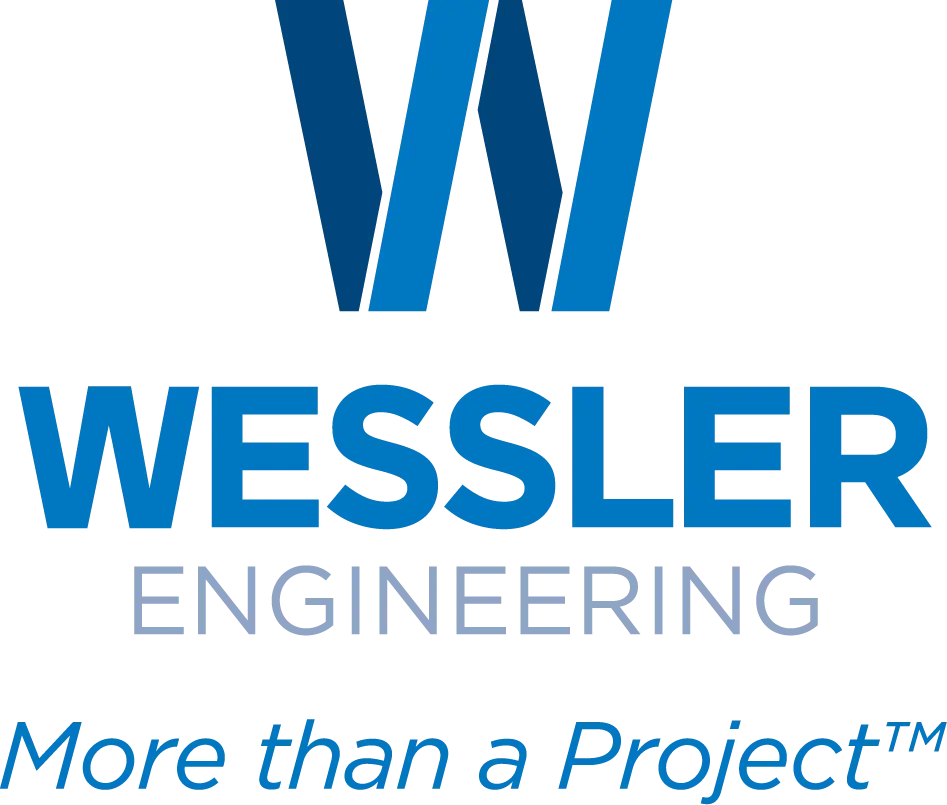White River Interceptor Rehabilitation
Muncie, Indiana

As part of an ongoing process to maintain Federal Emergency Maintenance Agency (FEMA)certification of the White River Flood Control Levee, the Muncie Sanitary District (MSD) is designing a comprehensive rehabilitation project for the White River Combined Sewer Interceptor and multiple storm sewers along the levee route. To help residents understand what is happening in their community, we sat down with Ryan Brauen, project manager, to get the latest details.
Where is the project location and what does this project entail?
The project includes the rehabilitation of approximately 3 miles of large diameter (42” – 60”) combined sewer interceptor located primarily beneath the White River Boulevard. The work will begin at the High Street Bridge and will terminate at the White River near the Water Pollution Control Facility. Approximately 2,300 LF of storm sewer will also be rehabilitated within the levee limits.
Why is this project significant to Muncie? How will it help residents?
When complete, the project will restore the structural integrity of the 70-year-old White River Interceptor and will maintain compliance with FEMA and the Army Corps of Engineers (USACE) requirements.
By maintaining levee compliance, properties behind the levee can be classified as a moderate-risk area on a Flood Insurance Rate Map (FIRM), thereby limiting home and business owners’ mandatory enrollment in the National Flood Insurance Program (NFIP).
How much will the project cost? What is the estimated savings to the City after completion?
The low bid for the project came in around $5 million. Alternative designs were also evaluated during design; however, each of these alternatives were estimated to be $1 million more than the current design.
The design is based primarily around the use of trenchless technologies such as cured-in-place pipe, cementitious grouting of voids, and manhole lining. These methods limit excavation within the levee and allow for quicker construction than traditional dig and replace methods, which were not evaluated for the interceptor work because the cost would have been more than double that of trenchless methods.
How long will this project take to complete? Will it entail construction, road closures or disturbances to local businesses?
The contractor has been given eight months to complete the work, with an additional month to clean up and make final changes. Bypass pumps and piping will be used to temporarily maintain sewer flows throughout the project, limiting the impacts to nearby residences and businesses.
To accommodate construction activities and bypass pumping operations, the occasional lane closure(s) may be necessary during construction. However, a minimum of one lane of traffic should remain for nearly all streets.
What was the most difficult part of designing the project?
It took more than six months to get approval from the USACE due to the use of cured-in-place pipe as the selected rehabilitation method. Prior to granting approval, it was necessary to provide USACE with videos of all segments, so they could complete their internal evaluation before permitting the design.
In the upcoming weeks, there will be road cuts with steel road plates and ramps for the bypass piping which will be minor disturbances. While crews are cleaning and lining the combined sewer interceptor, Insituform Technologies, LLC will be advising residents and meeting with businesses about limiting water use. Construction on this project will begin in August and will last through the fall.

